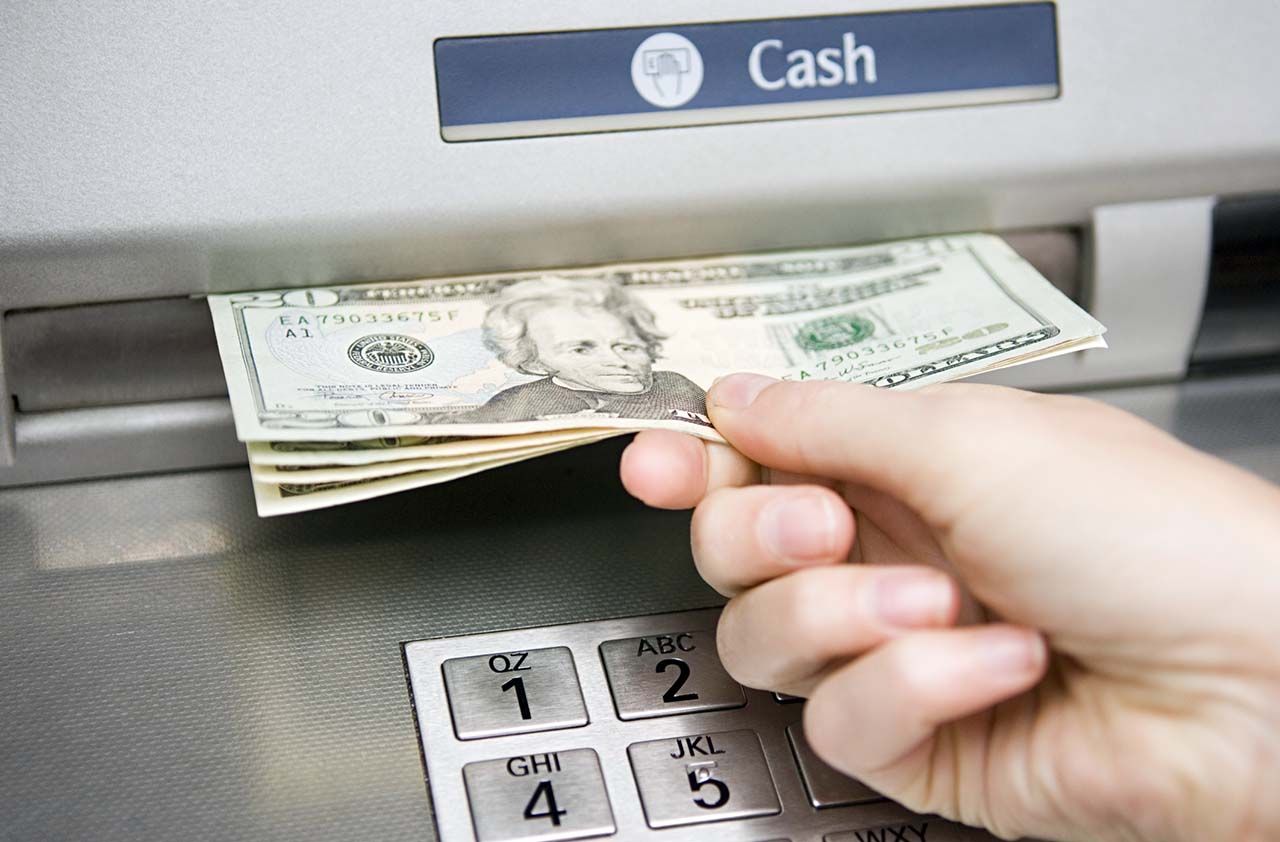How to Go to Cash
What exactly does it mean to 'go to cash,' and what should you do once you have?


A lot of investors are justifiably nervous. We're experiencing our first prolonged bear market since 2008 at a time when inflation is high, the Fed is getting more aggressive by the day and a potential recession could be looming. And as a result, some people are thinking about how to go to cash.
Selling some of your stocks and having a higher percentage of your portfolio in cash might end up being a fine idea, depending on what happens next in the markets. But as a general rule, it doesn't pay to make sweeping portfolio changes, as there often are tax considerations and potential opportunity costs.
That doesn't mean you have to sit on your hands and do nothing. In fact, a nasty bear market can be a good opportunity to give your portfolio a critical look to see whether you should make any overdue adjustments.

Sign up for Kiplinger’s Free E-Newsletters
Profit and prosper with the best of expert advice on investing, taxes, retirement, personal finance and more - straight to your e-mail.
Profit and prosper with the best of expert advice - straight to your e-mail.
"Ideally, you want to be allocated correctly going into a correction," says Rachel Klinger, President of McCann Wealth Strategies, a Registered Investment Advisor based in State College, Pennsylvania. "You should have some portion of your portfolio invested in cash or equivalents precisely so you can take advantage of situations like these as they come up."
"Cash or short-term T-bills make a lot of sense," she adds, "at least relative to longer-dated bonds."
Today, we're going to explore a few things:
- What exactly it means to go to cash
- When you should consider doing it
- How to go to cash
- How to allocate that cash
What Does It Mean to "Go to Cash"?
Let’s start with a very basic question: What is cash? That might sound like a silly query, but there are different ways to skin this cat.
U.S. Generally Accepted Accounting Principles (GAAP) define cash equivalents as short-term, highly liquid investments that are readily convertible to cash and that are close enough to maturity that any changes in market interest rates should have a negligible effect on the value.
As an investor, you might not necessarily care about precise definitions if your goal is simply to reduce risk. So practically speaking, what is cash?
The paper bills in your wallet are obviously cash. But so are checking and savings account balances. So are money market mutual funds. And – if you take a broader definition – so are CDs and short-dated bonds.
Some of these options pay better than others; we'll come back to them shortly.
When Should You Go to Cash?
The first and most important decision you should make is determining how much of your savings you should have in the stock market.
This number will vary from investor to investor based on age, wealth and other sources of income, among other things. But as a very general rule of thumb, your allocation to stocks should be something in the ballpark of 100 to 120 minus your age. Thus:
- 45 years old: 55% to 75% stocks
- 55 years old: 45% to 65% stocks
- 65 years old: 35% to 55% stocks
- 75 years old: 25% to 45% stocks
If you're feeling confident in the market's prospects, moving your portfolio to the higher end of that range likely makes sense. If you're feeling a lot less comfortable, moving to the lower end of the range (or even below the range altogether) might be your best move.
Despite what you might think, the bear market doesn't necessarily change this equation depending on your time horizon. Investors with plenty of time to retirement, for instance, should be able to ride this out like they've waited out other stock market downturns.
But it certainly is a stark wake-up call for you to make portfolio adjustments you might have let slide. If you haven't rebalanced your portfolio in years, chances are good that you're over-allocated to stocks. Lightening up the stock allocation and at least partly rotating into cash is simply good portfolio management.
How (And What) to Sell
Your first decision is figuring out what to sell. In your 401(k) plan, the answer is simple. You simply reduce your allocation to stock mutual funds or eliminate some altogether. You might also cut back on your longer-term bond funds if you have any.
If you're invested in individual stocks, it might be a good idea to finally cut loose some laggards that have been dragging down your portfolio. But if you've had some fantastic winners that have grown to be a very large piece of your portfolio, you could also use this as an opportunity to take some profits by selling down the positions to a more manageable size.
Remember: The whole point of this exercise is to reduce risk. In raising cash, you can effectively rebalance at the same time by whittling down positions that have become so big as to become risky.
Now, on to what to buy.
How to Allocate Your Cash
Now for the fun part. You've decided to rotate to cash. Now what?
If there is a silver lining to the Fed's tightening, it would be that interest rates are currently the highest we've seen in year. At time of writing, you can find three-year CDs yielding 2% to 3%. That's still far below the rate of inflation, but it's an improvement over the near zero rates that have prevailed for years.
If you're investing via your 401(k) plan, you'll likely have a money market or "stable value" fund option. These will generally be invested in Treasuries, commercial paper and other short-term cash equivalents. A good example is the Vanguard Cash Reserves Federal Money Market Fund (VMRXX, $1.00). The current yield is 1.4%.
If you are investing via your brokerage account, a money market fund could also work, but you might also have more liquid ETF options such as the SPDR Bloomberg Barclays 1-3 Month T-Bill ETF (BIL, $91.43).
When investing in ETFs, it's important to note that your broker might charge you trading commissions. Many brokers have switched to commission-free trading, but not all have.
If liquidity isn't your most pressing concern, you could roll your excess cash into a CD. CDs benefit from Federal Deposit Insurance Commission (FDIC) protection up to $250,000. If you're willing to lock up your money for five years, it's possible to get an interest rate well above 3%. Just keep in mind that you might have to pay a penalty if you need to cash out the CD early.
Your local bank might or might not offer a competitive yield. It's really going to depend on how badly they need the money on any given day. But to find the most competitive rates in your area, you can try a site such as BankRate.com, which ranks your local banks by yield.
Deciding whether to go to cash, and how to go to cash, is a complicated one, and one that you shouldn't make on a whim. But it's an important part of the portfolio management process, and it's something you should revisit at least annually – not just during viral outbreaks.
Get Kiplinger Today newsletter — free
Profit and prosper with the best of Kiplinger's advice on investing, taxes, retirement, personal finance and much more. Delivered daily. Enter your email in the box and click Sign Me Up.

Charles Lewis Sizemore, CFA is the Chief Investment Officer of Sizemore Capital Management LLC, a registered investment advisor based in Dallas, Texas, where he specializes in dividend-focused portfolios and in building alternative allocations with minimal correlation to the stock market.